It seems a strange fact of life that with every year that passes, time seems to go faster and faster. This is something that continues with age (so I’m told) until, before you know it, a whole year comes and goes in what feels like an instant and you have no idea how it happened.
This is a universal constant and seems to apply to all months of the year.
All of them, except January…
I don’t know what it did to escape this universal constant, but no month drags on quite like January.
It feels like a year since we brought in the New Year and we were still on our post-Christmas high, a year since Veganuary’s, Dry-Januarys and all the other new year commitments that were made.
But at last, we have made it and February is now in sight.
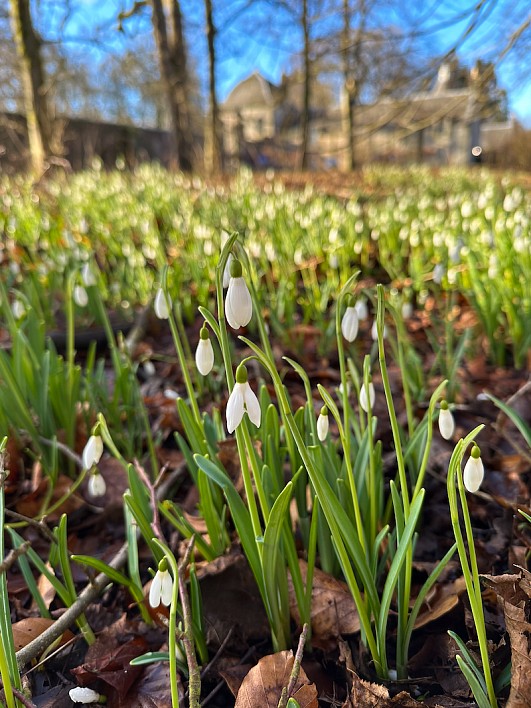
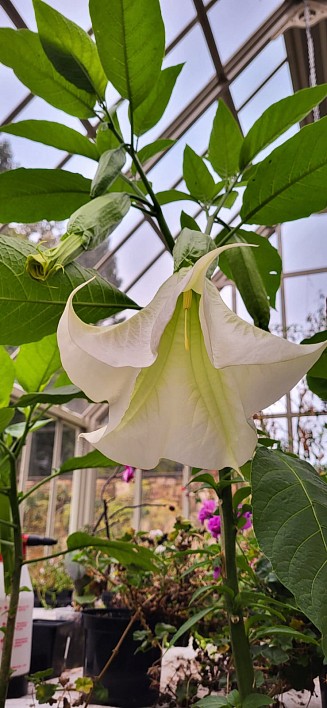
To help celebrate that fact, the snowdrops have started to arrive. Not being deterred by the deep chill we had a few weeks ago (in January) nor the two storms which followed (also in January) the snowdrops have come out in force to remind us that January does have an end and February does come, bringing with it Camellias, Crocus and some eager early Daffodils.
Here at Kinross House we have large drifts of snowdrops, going down the Dark Walk and throughout the woodland areas, that on the crisp sunny days can make the most beautiful eye-catching site.
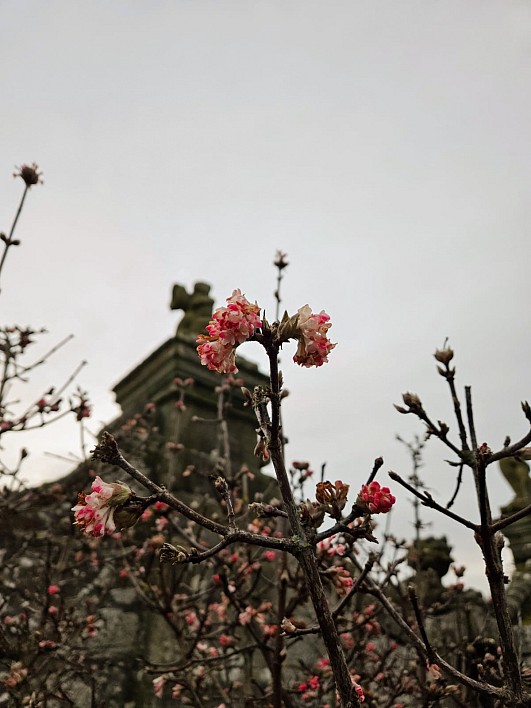
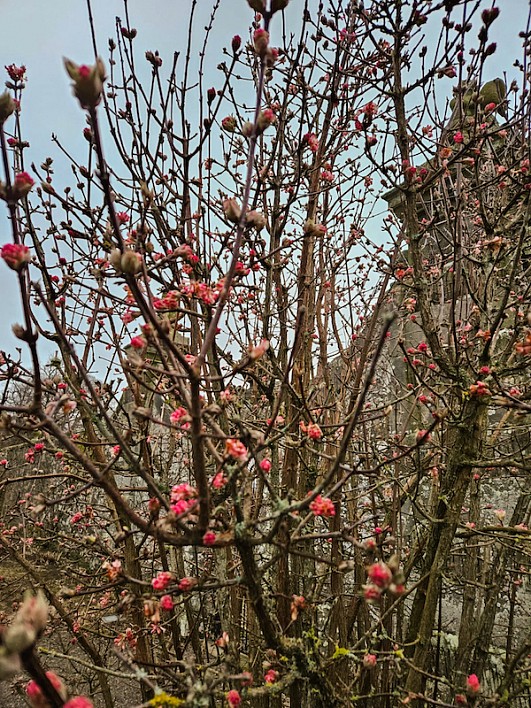
Meanwhile, work in the gardens continues ever on, and our winter job list is being worked through; every rose is now pruned, herbaceous perennials cut back, and shrubs tidied. Meanwhile in the Kitchen Garden the Glass House is being deep cleaned to remove any bad pests and diseases before we begin sowing all the plants for the upcoming season.
One of the big parts of managing the grounds of an historic site such as Kinross House is to ensure its legacy continues for the next generation. As part of this, we always do an annual tree planting of at least 100 trees into the Estate. These are all native and are used to help increase the biodiversity on the grounds, using species such as Willow, Oak, Rowan and Hazel. The Hazel also helps our local red squirrel population and if coppiced will provide us with a regular supply of Hazel stems for the Kitchen Garden.
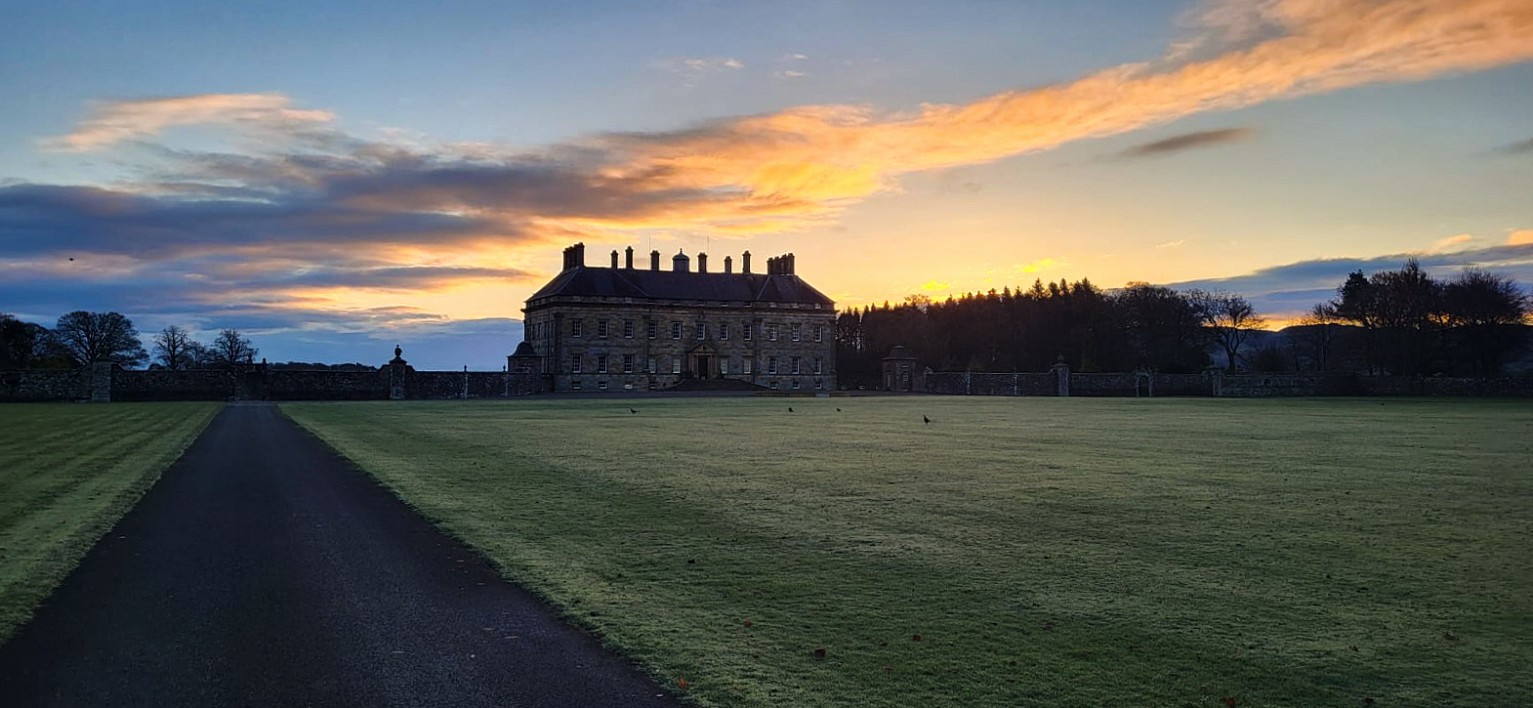

In the next few weeks we will begin planting the 100 trees, ideally when the ground is soft and the temperature is slightly raised, allowing the trees to get settled in before the season starts, and hopefully these trees will remain in place for a good century or so to be handed over to the next generation to care for and manage.
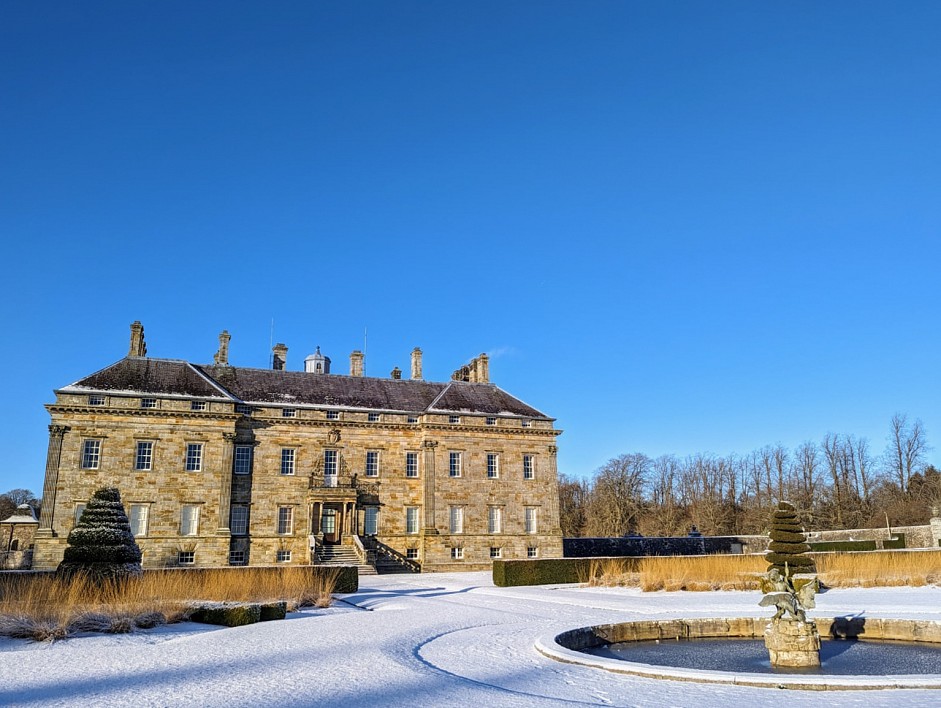
But for us back in the here and now of 2024, a century seems a crazy concept to grasp when I’m struggling to even get to the end of January.
Roll on February!
- Colin

